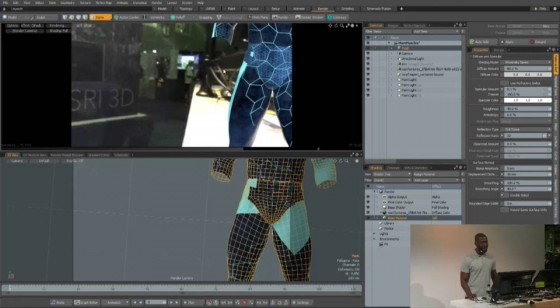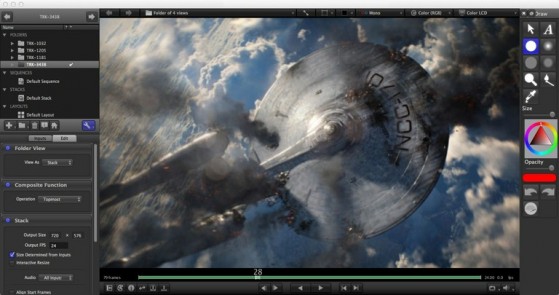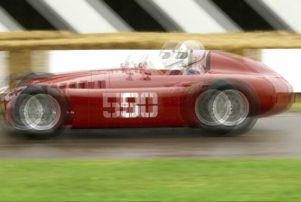Other winners include Dolby Laboratories, Autodesk, and ILM.
The 3D digital paint system Mari and a “groundbreaking” new 3D printing technique for animation from Laika are among the winners of this year’s Scientific and Technical Awards from the Academy of Motion Picture Arts and Sciences (the Oscars), presented February 13 in Beverly Hills.
Awards related to computer graphics technology—and an accompanying statement of merit from the Academy—include:
Jack Greasley, Kiyoyuki Nakagaki, Duncan Hopkins and Carl Rand for the design and engineering of the Mari 3D texture painting system. “Combining powerful, multilayer painting tools and a unique texture-management system, Mari simplifies working with large, high-resolution texture sets. It has achieved broad adoption in the visual effects industry, often supplanting long-term in-house systems.”

Trevor Davies, Thomas Wan, Jon Scott Miller, Jared Smith and Matthew Robinson for the development of the Dolby Laboratories PRM Series Reference Color Monitors. “The PRM’s pioneering and innovative design allows the stable, accurate representation of images with the entire luminance range and color gamut used in contemporary theatrical feature presentation.”
Brian McLean and Martin Meunier for pioneering the use of rapid prototyping for character animation in stop-motion film production. “Laika’s inventive use of rapid prototyping has enabled artistic leaps in character expressiveness, facial animation, motion blur and effects animation. Through highly specialized pipelines and techniques, 3D printing capabilities have been harnessed with color uniformity, mechanical repeatability, and the scale required to significantly enhance stop-motion animated feature films.”

Ronald Mallet and Christoph Bregler for the design and engineering of the Industrial Light & Magic Geometry Tracker, “a novel, general-purpose tracker and solver. Geometry Tracker facilitates convincing interaction of digital and live-action elements within a scene. Its precise results and tight integration with other ILM animation technologies solve a wider range of match-animation challenges than was previously possible.”
Jim Hourihan, Alan Trombla and Seth Rosenthal for the design and development of the Tweak Software RV system from Autodesk, a highly extensible media player system. “RV’s multi-platform toolset for review and playback, with comprehensive APIs, has allowed studios of all sizes to take advantage of a state-of-the-art workflow and has achieved widespread adoption in the motion picture industry.”

Richard Chuang and Rahul C. Thakkar for “the groundbreaking design,” and to Andrew Pilgrim, Stewart Birnam and Mark Kirk for the review workflows and advanced playback features, of the DreamWorks Animation Media Review System. “Over its nearly two decades of development, this pioneering system enabled desktop and digital theater review. It continues to provide artist-driven, integrated, consistent and highly scalable studio-wide playback and interactive reviews.”

Michael John Keesling for the design and development of Image Shaker, an optical system that “convincingly creates the illusion of the camera shaking in a variable and repeatable manner. The Image Shaker was unique and superior to alternatives in use when it was invented two decades ago, and it continues to be used today.”
To Keith Goldfarb, Steve Linn, Brian Green and Raymond Chih for the development of the Rhythm & Hues Global DDR System. “This consistent, integrated, production database-backed review system enables a recordable workflow and an efficient, collaborative content review process across multiple sites and time zones.”
J Robert Ray, Cottalango Leon and Sam Richards for the design, engineering and continuous development of Sony Pictures Imageworks Itview. “With an extensive plugin API and comprehensive facility integration including editorial functions, Itview provides an intuitive and flexible creative review environment that can be deployed globally for highly efficient collaboration.”





